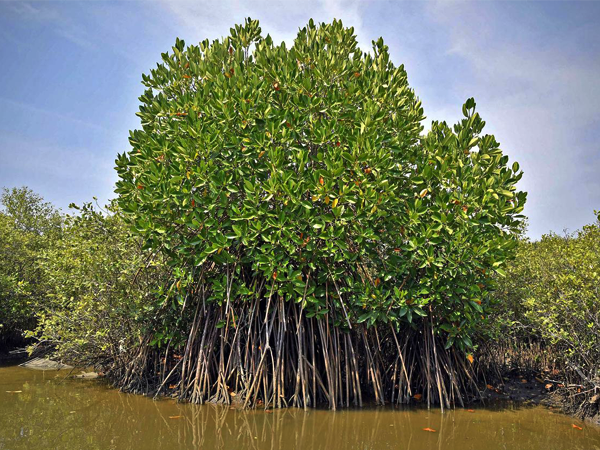Mangroves are the superheroes of all ecosystems - with plants capable of surviving in the harshest of conditions. Mangrove plants can survive in saline conditions due to their specialised filtration system that can filter out excess salt from the water. They have upward growing roots that allow them to absorb oxygen from the air, instead of the muddy soil that they grow in.
They also have qualities that help others thrive!
The Sundarbans is a vast forested area along the Bay of Bengal that is one of the world's natural wonders. 34% of the Sundarbans falls under the South 24 Parganas district of the Indian state of West Bengal. Sundarbans was recognized as a UNESCO World Heritage Site on 6th December 1997. In 1989, this Indian part of the Sundarbans was declared a Biosphere Reserve. As the largest mangrove in coastal saline environment, Sundarbans is the largest intact forest in the world. The Indian Sundarbans is considered endangered in the 2020 assessment under the IUCN Red List of Ecosystem Framework. In 2007, Cyclone Sidar's landslides destroyed nearly 40% of the Sundarbans. ''Sustainable Sabuj Bharat'' is committed to making the Sundarbans a livable environment for mankind and numerous species of wildlife. Your cooperation and blessings will help Sustainable Sabuj Bharat move forward.

Mangroves are important in the fight against climate change, hunger and poverty. SUSTAINABLE SABUJ BHARAT has been involved in mangrove planting since 2018, with over a Thousands of trees planted so far.